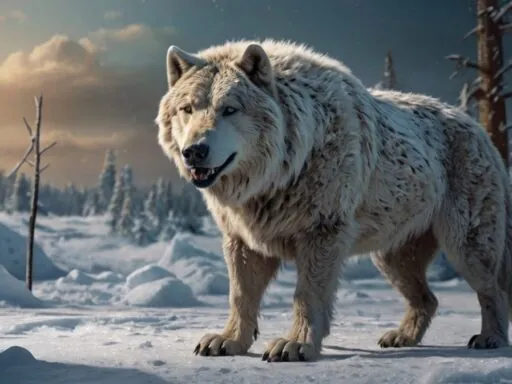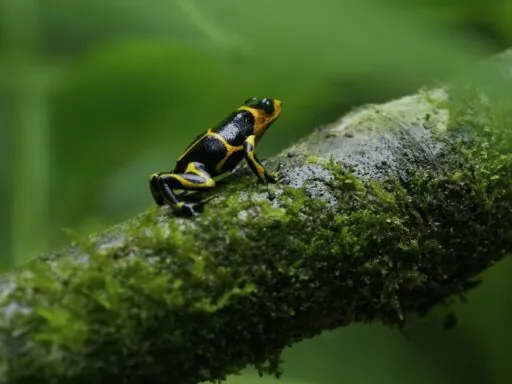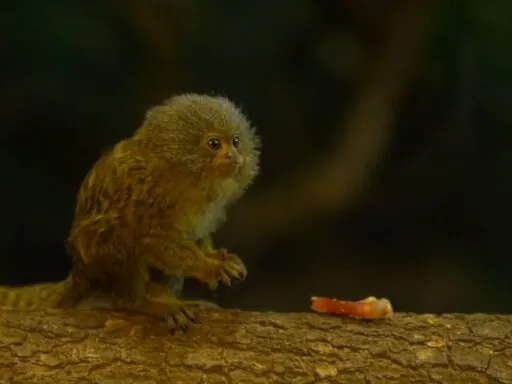Hey there, creature connoisseur! Ever wondered what lurks just beyond the veil of reality? We’re talking fire-breathing dragons, dazzling unicorns, and maybe even a mischievous mermaid or two. Yep, we’re diving headfirst into the captivating world of mythical animals! Get ready to unleash your inner explorer as we explore the top 10 mythical animals that have sparked imaginations for centuries.
1. Dragon
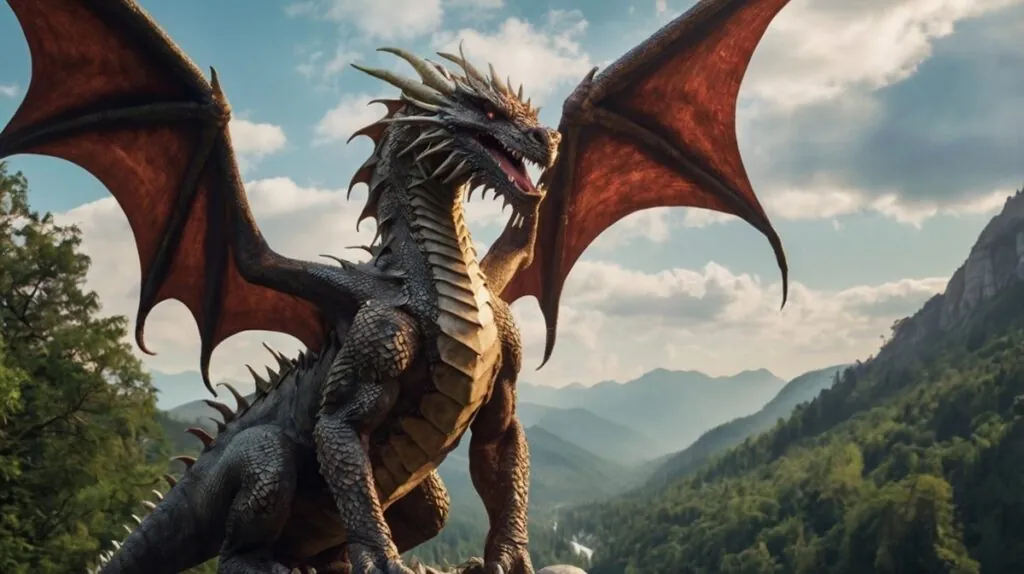
Dragons, one of the most iconic mythical creatures, have captivated human imagination for centuries. Originating from the Greek word “drakon,” meaning “a massive serpent,” dragons are depicted in diverse ways across cultures. In Eastern traditions, dragons are often seen as benevolent and wise, whereas Western dragons are typically portrayed as fire-breathing and malevolent.
Interestingly, the myth of dragons dates back over 4,000 years to ancient Babylon, where the sea dragon Tiamat’s death is said to have created the sky and earth. Not only are dragons fascinating in mythology, but their fire breath is thought to reach temperatures over 1,300 degrees Celsius, enough to melt steel. Furthermore, the Chinese dragon is a powerful symbol of leadership and prosperity, while in Europe, slaying a dragon was a mark of heroism.
2. Phoenix
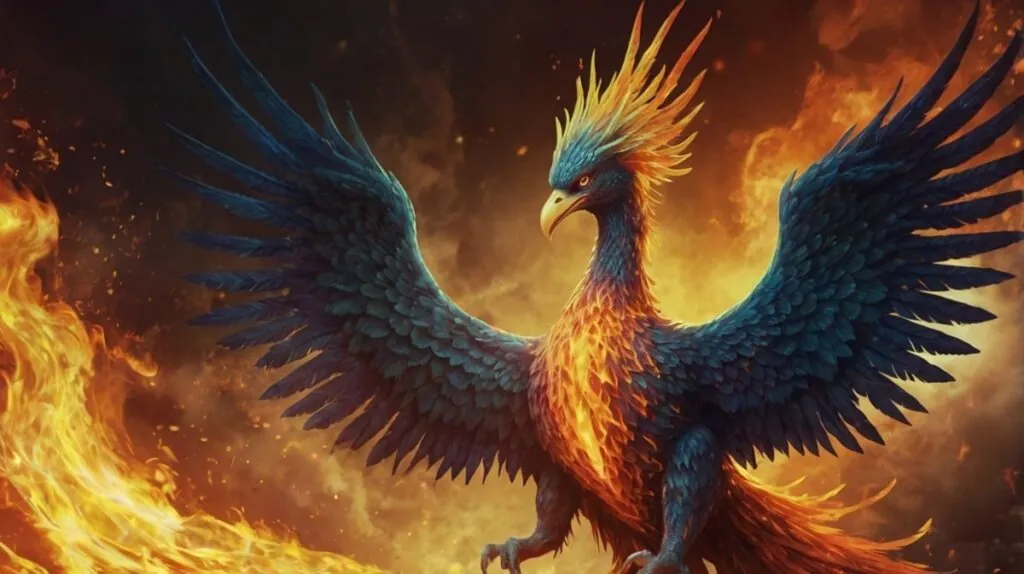
The phoenix is one of the most captivating mythical animals, renowned for its incredible life cycle of death and rebirth. According to various traditions, the phoenix could live for 500 to over 1,400 years before it would build a nest of aromatic spices, set itself ablaze, and be reborn from its own ashes. This process symbolizes immortality and resurrection, making the phoenix a powerful emblem in numerous cultures.
Surprisingly, the phoenix’s diet was also unique; some myths suggest it fed solely on dew and sunlight rather than earthly foods. The phoenix appears in many mythologies, including Greek, Roman, and Egyptian, often associated with the sun and regeneration.
3. Kraken
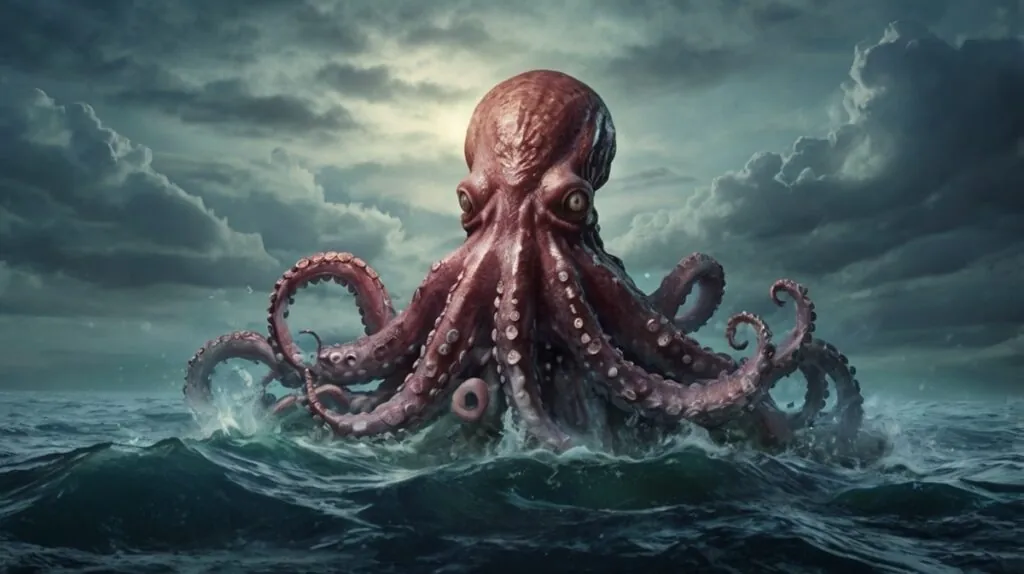
The Kraken, a legendary sea monster from Scandinavian folklore, is renowned for its colossal size and terrifying presence. Originating from Norse mythology, the Kraken is described as a gigantic octopus-like creature capable of dragging entire ships and their crews to the ocean’s depths. The earliest accounts, dating back to 1180, depict the Kraken as so massive that it was often mistaken for an island when at rest.
It’s believed that sightings of giant squids, which can grow up to 43 feet long, may have inspired these myths. The Kraken’s fearsome reputation has been solidified through literature, including Alfred Lord Tennyson’s poem “The Kraken,” and modern portrayals in movies like “Clash of the Titans.”
4. Cerberus
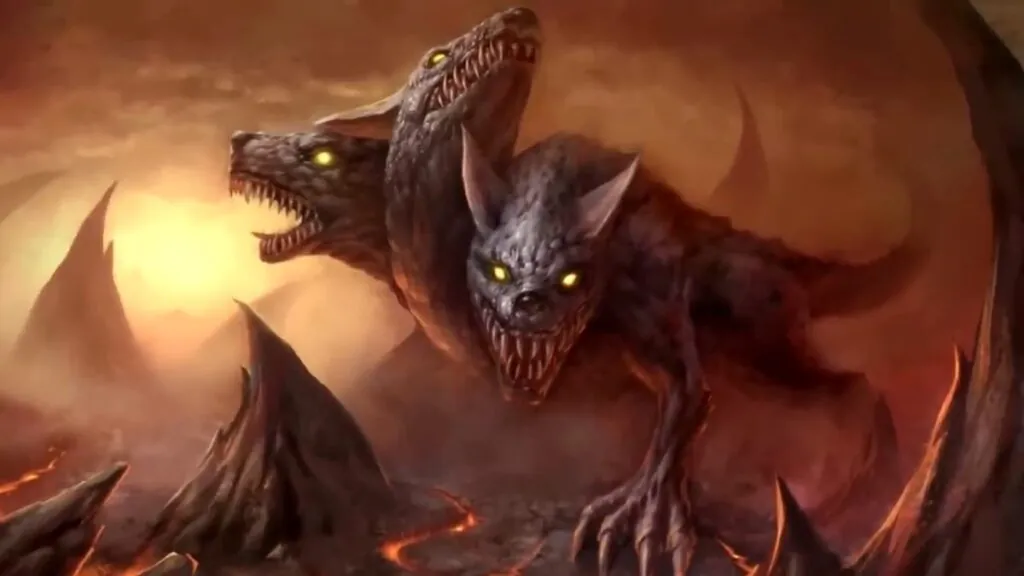
Cerberus, the fearsome three-headed dog of Greek mythology, served as the vigilant guardian of the Underworld, ensuring the dead could not escape and the living could not enter without permission. This monstrous canine, often depicted with serpentine features, was the offspring of the giant Typhon and the half-woman, half-snake Echidna.
Cerberus’s role in myth is most famously tied to Heracles’ twelfth labor, where the hero had to capture the beast and bring it to the surface. Heracles achieved this daunting task with the help of gods like Hermes and Athena, using his immense strength to subdue Cerberus without weapons. Interestingly, Cerberus’s venomous bile is said to have given rise to the toxic plant aconite when brought into the light of day.
5. Hydra
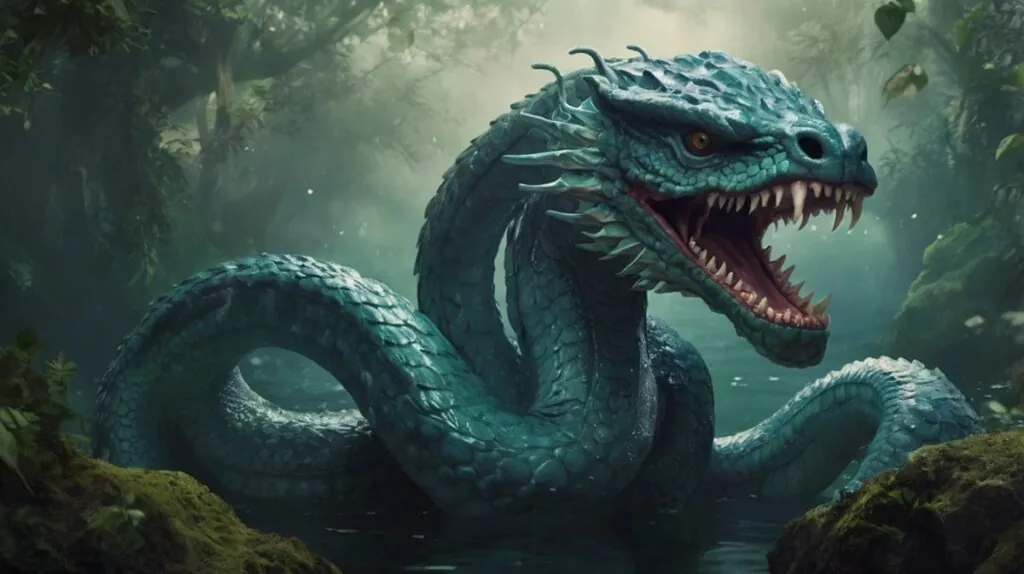
The Hydra, a multi-headed serpent from Greek mythology, is renowned for its fearsome regenerative ability: each time a head was cut off, two more would grow in its place. This monstrous creature, which lived in the swamps of Lerna, was famously slain by Hercules as one of his Twelve Labors. Hercules, with the help of his nephew Iolaus, used fire to cauterize the neck stumps, preventing the heads from regenerating. Interestingly, the Hydra’s venomous blood was so potent that Hercules later used it to poison his arrows, which played a crucial role in subsequent myths.
6. Pegasus
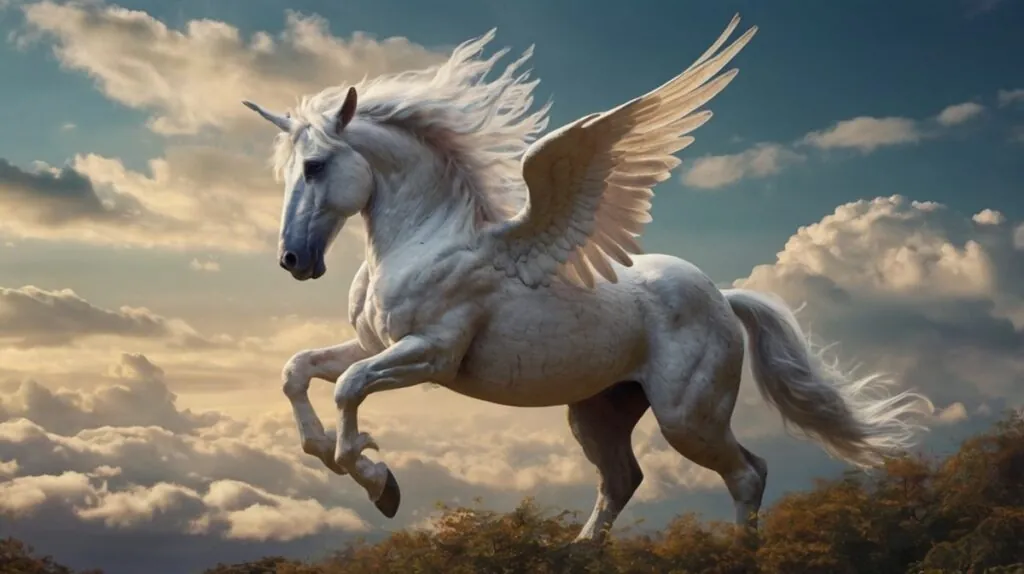
Pegasus, originating from Greek mythology, is renowned as a majestic winged horse born from the blood of the Gorgon Medusa after her decapitation by Perseus. This mythical creature symbolizes poetic inspiration and the embodiment of freedom through flight. Interestingly, Pegasus continues to captivate contemporary culture, influencing various fields such as literature, art, and even space exploration. NASA’s Pegasus rocket, named in homage to this legendary figure, exemplifies its enduring legacy and cultural significance. The ongoing fascination with Pegasus underscores its timeless appeal and profound impact on human imagination throughout history.
7. Griffin
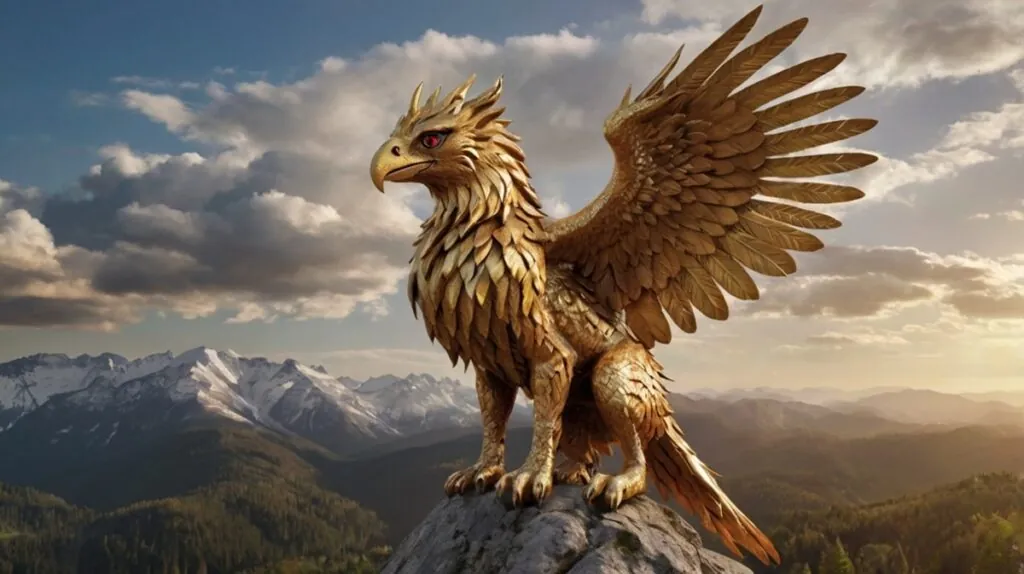
The Griffin, a legendary creature with the body of a lion and the head and wings of an eagle, occupies a prominent place among mythical animals worldwide. Originating from ancient Greek mythology, Griffins were believed to guard treasures and represent divine power due to their combination of lion courage and eagle wisdom.
Amazingly, these mythical animals also appear in various cultural myths across Europe, Asia, and the Middle East, symbolizing strength and protection. Griffins often adorned coats of arms and were revered for their reputed ability to hunt gold, making them enduring symbols of wealth and valor in folklore and literature throughout history.
8. Minotaur
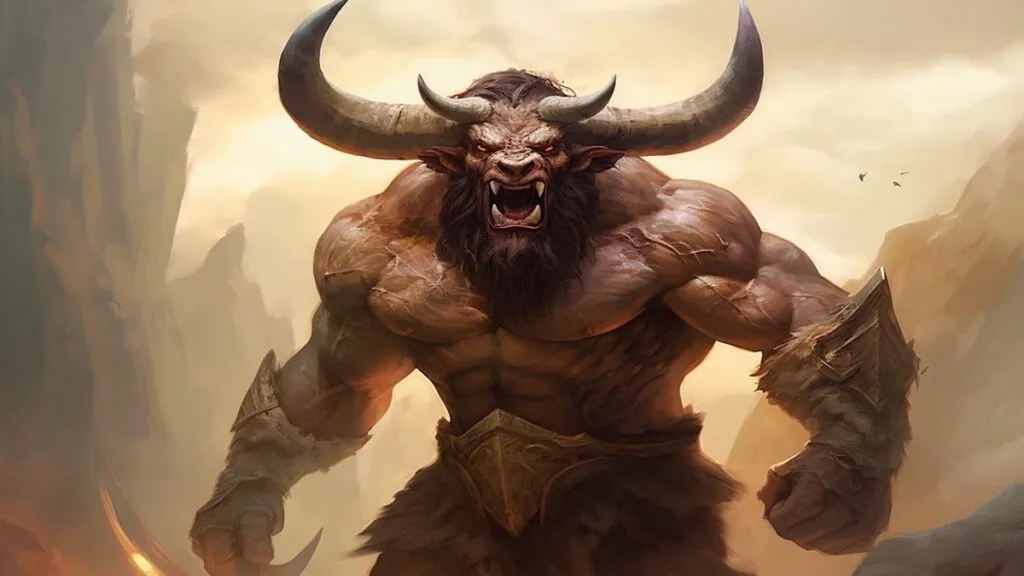
The Minotaur, a mythical creature from ancient Greek lore, is depicted as having the body of a man and the head of a bull. According to the myth, it was born from the union between Queen Pasiphaë of Crete and a bull sent by Poseidon. Its lair, the labyrinth constructed by Daedalus, was designed to imprison it. Surprisingly, recent archaeological discoveries on Crete suggest that the labyrinth myth might have been inspired by the intricate layout of the Minoan palace at Knossos. This real-world connection adds a fascinating layer of historical depth to the legendary tale of Theseus and the Minotaur’s defeat. On the related note, got the scoop of the strongest animals in the world?
9. Yeti
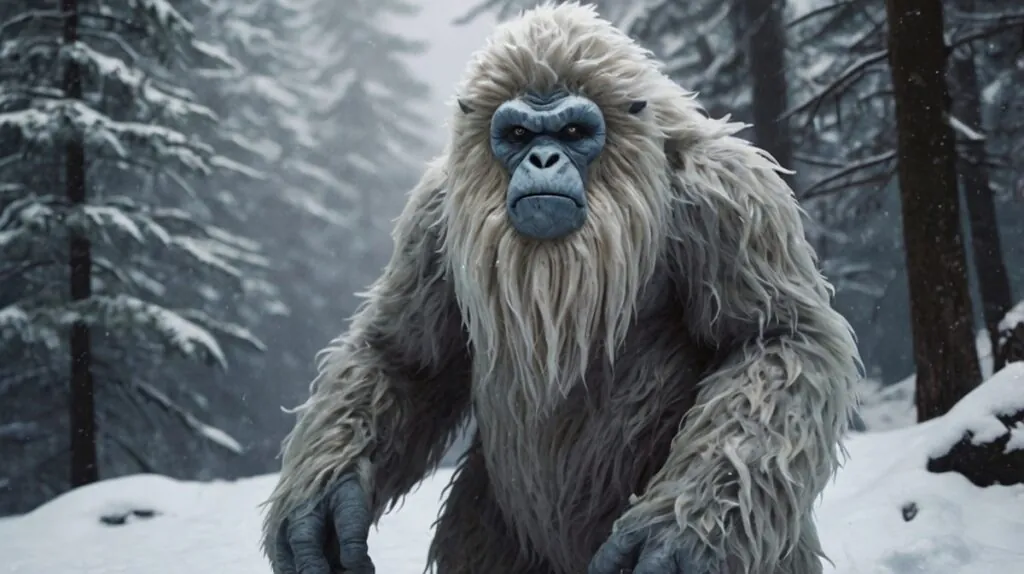
The next creature in the mythical animals list is the Yeti, also known as the “Abominable Snowman,” is a cryptid steeped in Himalayan folklore and reported sightings. Described as a large, ape-like creature inhabiting the remote mountains of Nepal, Tibet, and Bhutan, the Yeti has fascinated explorers and researchers for decades.
Astonishingly, recent DNA analysis of supposed Yeti samples revealed they matched DNA from an ancient polar bear jawbone found in the Arctic, suggesting that the legend may have roots in real animals that traveled across continents. Despite scientific skepticism, local communities continue to report sightings and footprints, contributing to the enduring mystery and cultural significance of the elusive Yeti.
10. Sphinx
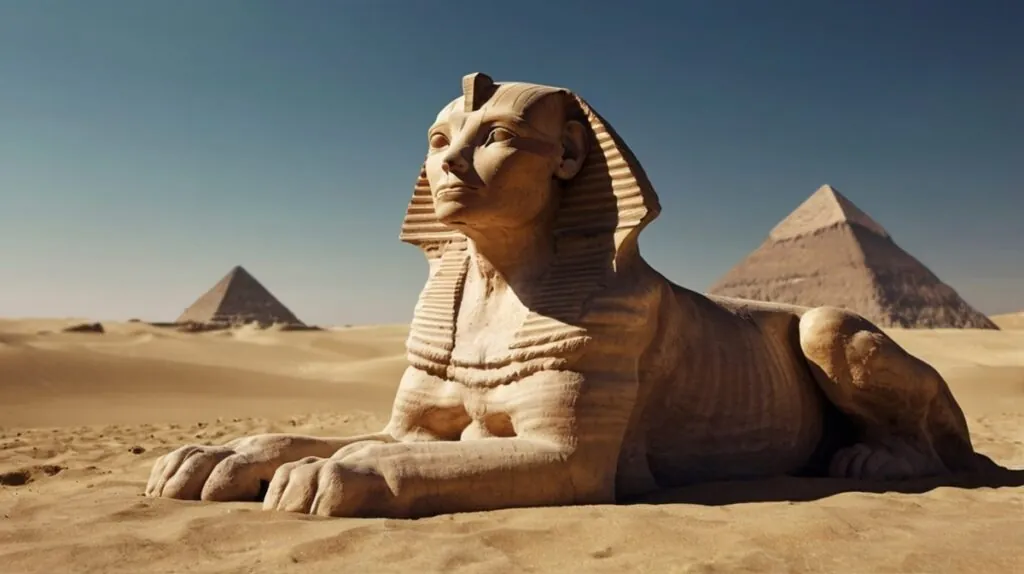
The Sphinx, an iconic mythical creature with the body of a lion and the head of a human, originates from ancient Egyptian and Greek mythology. Found guarding the entrance to the Greek city of Thebes, the Sphinx posed a riddle to travelers, devouring those who failed to answer correctly.
Astoundingly, while most depictions show a malevolent figure, Egyptian sphinxes were often benevolent guardians of temples and tombs. Moreover, the Great Sphinx of Giza, standing over 20 meters tall, is the largest monolithic statue in the world and continues to intrigue researchers with its mysterious origins and symbolic significance in ancient Egyptian culture.
In a nutshell, the top 10 mythical animals offer a captivating glimpse into the rich tapestry of human imagination and cultural heritage. From the enigmatic Yeti roaming the Himalayas to the formidable Sphinx guarding ancient Egyptian tombs, each creature embodies humanity’s fascination with the unknown and our enduring quest for meaning. Whether viewed through the lens of folklore, archaeology, or modern exploration, these mythical beings continue to spark curiosity and inspire countless tales across generations.
